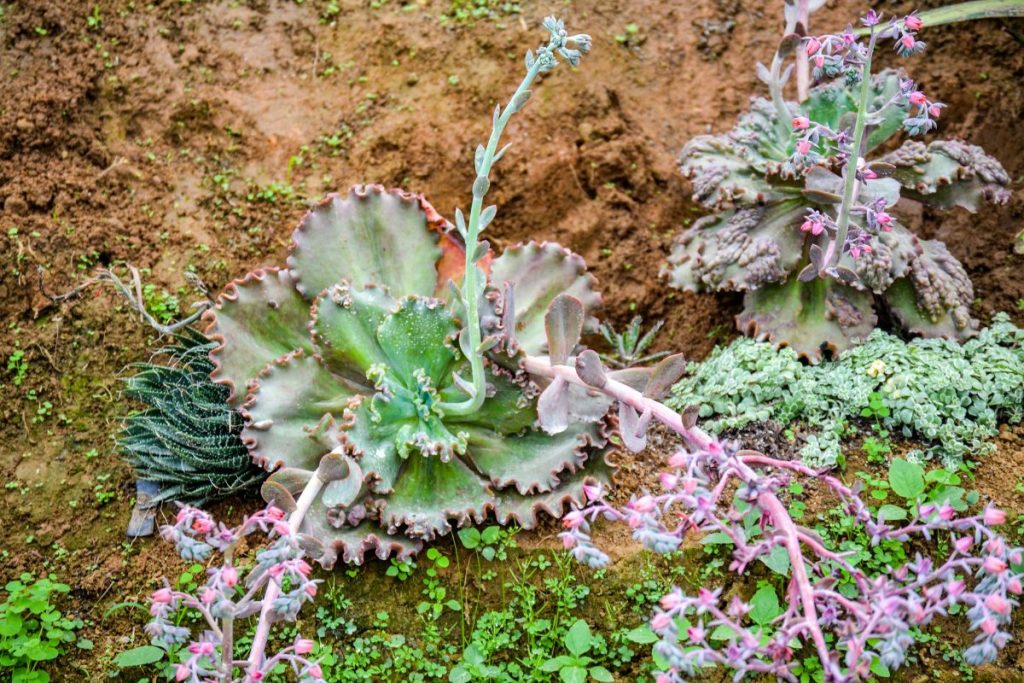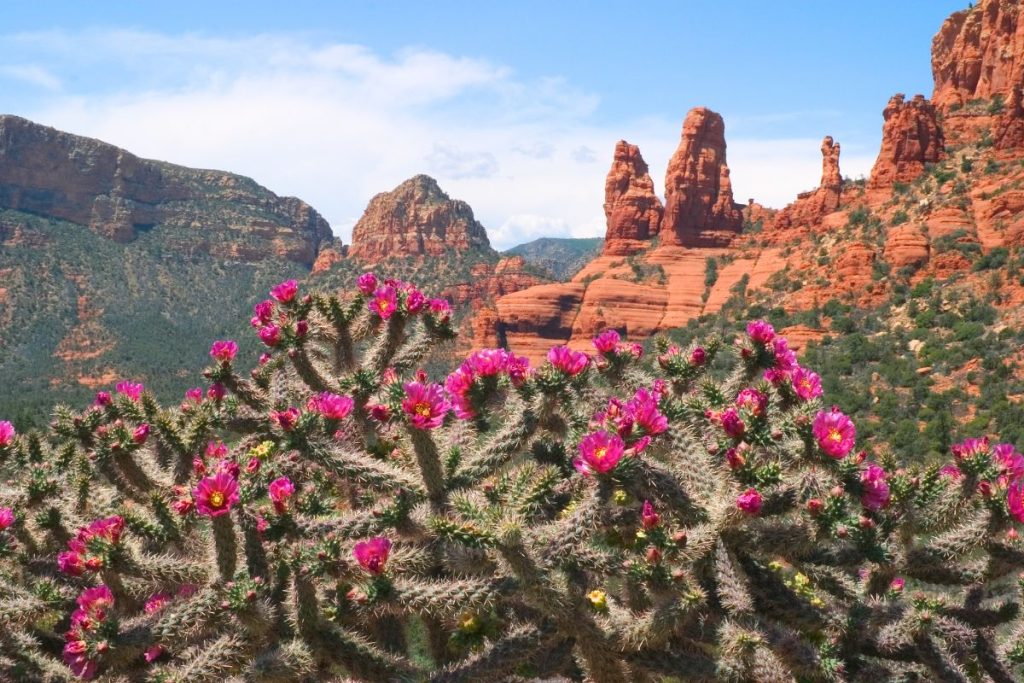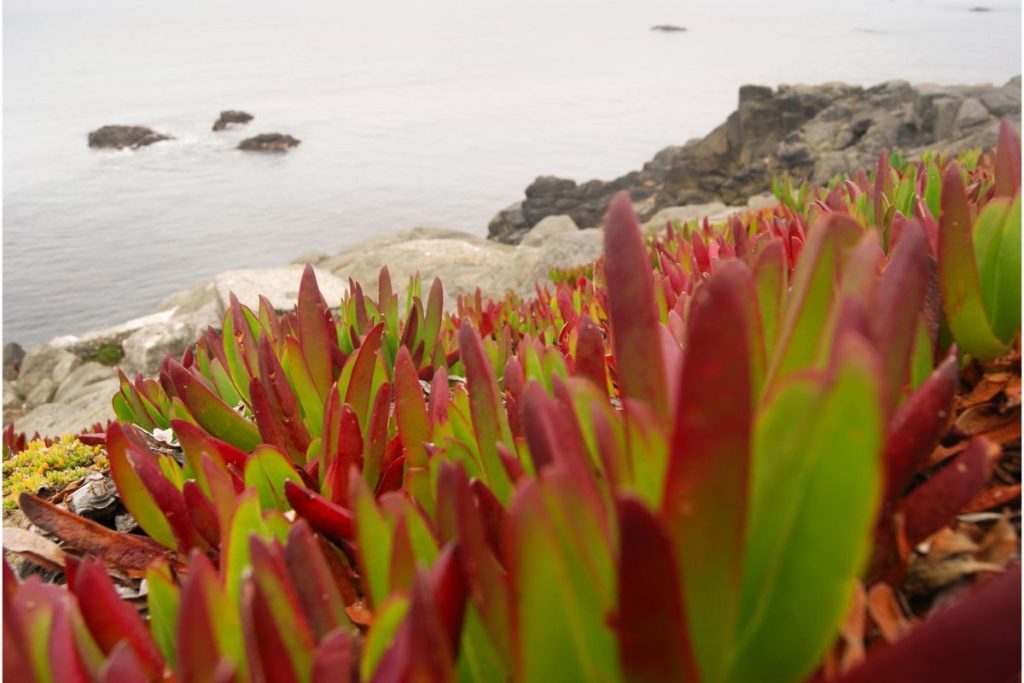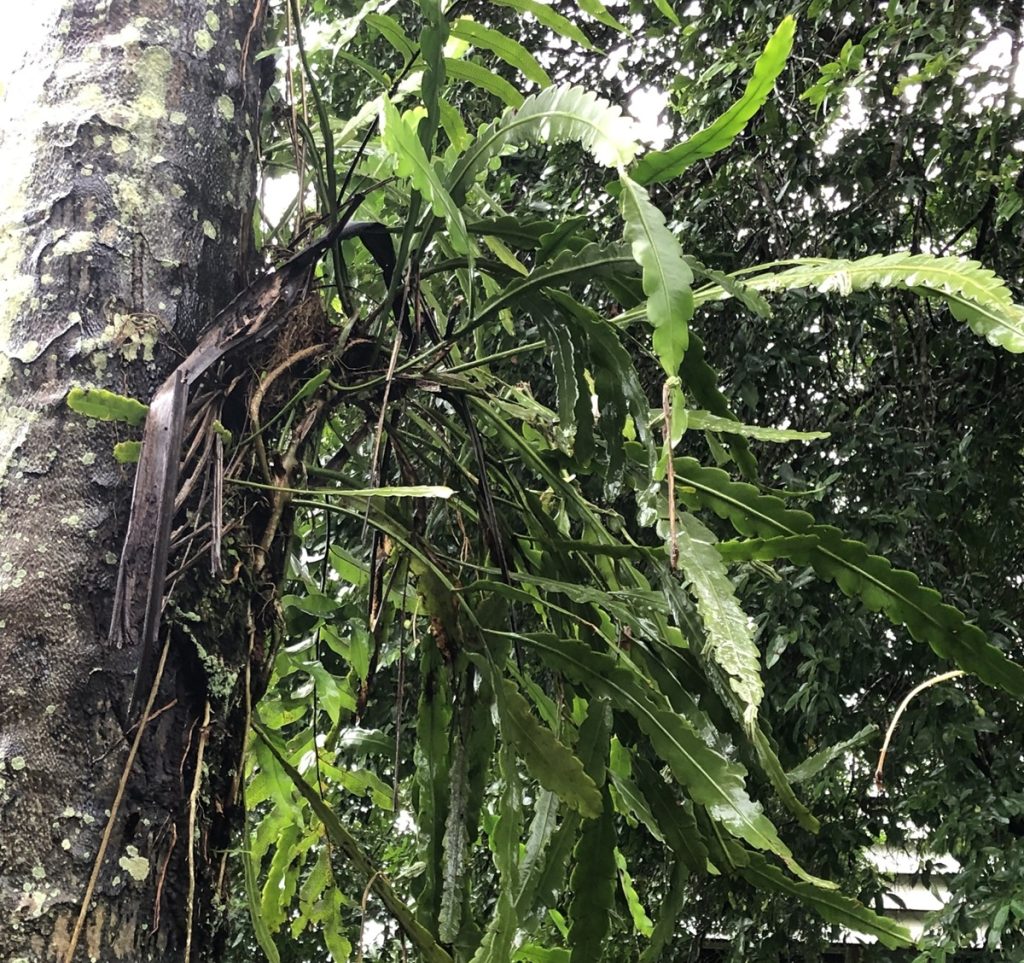Succulent Hot Spots: A Global Tour of Their Natural Homes
Succulents, the resilient wonders of the plant kingdom, have conquered even the most unforgiving environments on our planet. From scorching deserts to misty rainforests, these hardy plants have adapted to thrive in conditions that would wither most vegetation. Join us on an exciting journey as we unravel the diverse habitats where succulents call home.

Contents
Where Do Succulents Grow Naturally?
1. Deserts: Succulent Strongholds
Deserts are the undisputed realm of succulents, where they reign supreme over the harshest conditions. In true arid deserts, receiving less than 10 inches of rainfall annually, only a select few succulent species can endure years without water. However, most succulents colonize semi-deserts, where occasional rain showers interrupt periods of drought, triggering explosive growth, blooming, and seed production.
These semi-desert environments boast poor, rocky soils with sparse vegetation, and the rare dew can mean the difference between life and death for some succulents. Ecological niches and colonies flourish, with Haworthia thriving in the shade of bushes and grasses, even surviving bush fires.
2. Mountain Deserts: Altitude Adversaries

At high altitudes, succulent plants face a different set of challenges. In mountain deserts like the Andes, temperatures can plummet to -4°F, accompanied by fierce storms, snow, and intense sunlight. Only small, spherical, or creeping succulents can endure such extremes, with their waxy coatings protecting them from the elements. Larger columnar cacti, however, can thrive at lower elevations.
3. Coastal Havens: Fog and Dew Oases

Succulent plants have mastered the art of water conservation, often relying solely on night fog or morning dew for sustenance. Along the west coast of South America, the cold Humboldt Current creates a damp mist that condenses in the morning, providing a vital water source for countless succulent species, particularly cacti. Similar phenomena occur on the coasts of Mexico, North America, and southern Africa.
4. Rainforest Retreats: Embracing Humidity

While most succulents inhabit arid regions, many species have adapted to the hot, humid environments of tropical and subtropical rainforests in Central and South America, Africa, Sri Lanka, and the West Indies. Here, succulent plants revel in the filtered sunlight, abundant moisture, and regular rainfall, adapting to low light rather than water scarcity.
These rainforest dwellers thrive in moist, shaded conditions, with some species like Hoya and Epiphyllum taking root as epiphytes on the stems of other plants, often in the bright treetops. Other succulents climb in search of light, while some inhabit the semi-darkness of the forest floor or the fringes of the rainforest.
